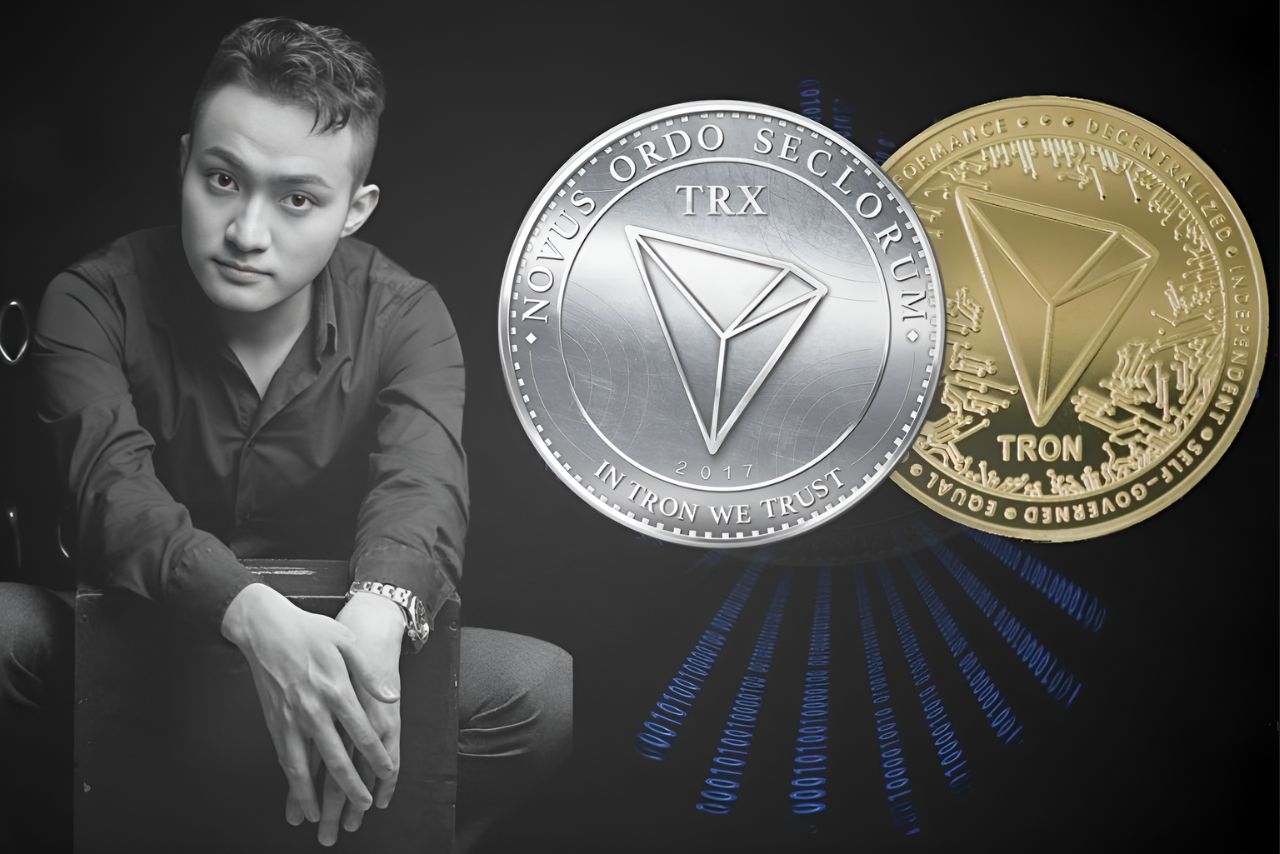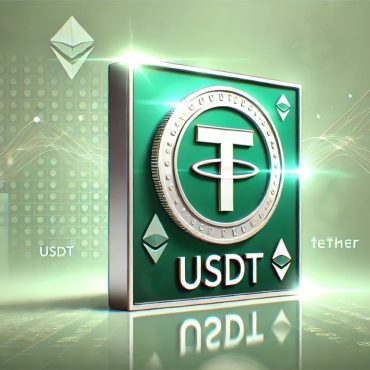A Bitcoin developer has sparked urgent debate with a radical plan to shield the cryptocurrency from an existential threat: quantum computers. Agustin Cruz’s proposed “Quantum-Resistant Address Migration Protocol” (QRAMP) calls for a hard fork, a dramatic network split, to replace Bitcoin’s ageing encryption with quantum-proof safeguards. With tech giants like Microsoft accelerating quantum research, could this be Bitcoin’s most critical upgrade yet?
Understanding QRAMP
Cruz’s draft Bitcoin Improvement Proposal (BIP) mandates a network-wide shift from Bitcoin’s current Elliptic Curve Digital Signature Algorithm (ECDSA) to post-quantum cryptography. After a set deadline, nodes would block transactions from non-upgraded wallets, forcing users to migrate funds to quantum-resistant addresses.
The plan targets a looming vulnerability: once a quantum computer cracks ECDSA, exposed public keys could let hackers reverse-engineer private keys and drain wallets. Surprisingly, 75% of Bitcoin’s circulating supply sits in “reused addresses” that have broadcast public keys, per Bitinfocharts. QRAMP aims to lock down these risks preemptively.
Why Quantum Computing Spells Trouble for Bitcoin
Quantum computers leverage qubits, particles existing in multiple states at once, to solve complex math problems millions of times faster than classical machines. Algorithms like Shor’s could dismantle ECDSA by cracking its cryptographic puzzles, exposing wallets that have reused addresses.
“It’s a ‘harvest now, decrypt later’ risk,” explains cryptographer Bruce Schneier. “Bad actors could stockpile public key data today and attack once quantum tech matures.” While today’s quantum chips max out at 1,000 qubits, experts estimate breaking ECDSA requires 10 million, a gap tech firms aim to close within decades.
The Hard Fork: Unity vs. Survival
Implementing QRAMP demands a hard fork, a divisive process that could split Bitcoin into two chains if consensus falters. In 2017, a similar schism created Bitcoin Cash amid scaling disputes. Critics argue forks dilute Bitcoin’s value and confuse users.
“This isn’t just a code change; it’s a philosophical battle,” says developer Udi Wertheimer. “Many reject forks on principle, fearing centralisation.” Meanwhile, Reddit users highlight unresolved issues: “What about Satoshi’s 1 million BTC? If those wallets stay inactive, they’re sitting ducks,” one thread warns.
Migration Deadline: A Race Against Time
Cruz’s proposal sets a countdown for users to transfer funds to secure wallets. During this window, exchanges and developers must build tools to simplify migration. Post-deadline, legacy transactions face rejection, pressuring stragglers to upgrade.
However, urgency clashes with practicality. Over 3 million BTC haven’t moved in five years, per Glassnode. Persuading holders, including potential “lost wallet” owners, to migrate poses a logistical nightmare. “You can’t force participation in a decentralised system,” notes Ethereum researcher Justin Drake.
The $40 Billion Question
Satoshi Nakamoto’s rumoured 1 million BTC stash epitomises the inactive wallet problem. If untouched, these funds could become low-hanging fruit for quantum hackers. Yet forcibly moving them contradicts Bitcoin’s ethos of irreversible transactions.
Some propose tagging dormant wallets for future community action, but ethical concerns linger. “Who decides when a wallet is ‘abandoned’?” asks lawyer Marta Belcher. “It’s a slippery slope toward centralised control.”
Beyond QRAMP: Alternative Solutions
While Cruz’s plan dominates headlines, alternatives like BTQ’s Coarse-Grained Boson Sampling (CGBS) offer parallel paths. This quantum-based proof-of-work system replaces traditional mining with light particle patterns, theoretically resisting attacks. However, it also requires a hard fork and costly hardware swaps.
Others advocate softer approaches: layering quantum defences onto the Lightning Network or adopting hybrid encryption. Yet purists resist anything diluting Bitcoin’s simplicity. “The best solution minimises disruption,” argues Blockstream CEO Adam Back. “But ‘minimal’ is subjective.”
Bitcoin’s Quantum Future Hangs in the Balance
Agustin Cruz’s proposal underscores a pivotal moment for Bitcoin. While quantum threats remain distant, proactive upgrades could prevent catastrophic breaches. Yet achieving consensus in a decentralised ecosystem fraught with ideological divides won’t be easy.
The path forward demands balancing innovation with pragmatism. As Microsoft and IBM race toward quantum supremacy, Bitcoin’s community faces its own marathon, one where collaboration, not code, may prove the ultimate safeguard.
For now, QRAMP ignites a crucial conversation: How much change can Bitcoin withstand to survive the future? Only time and tens of thousands of nodes will decide.
Written By Fazal Ul Vahab C H




